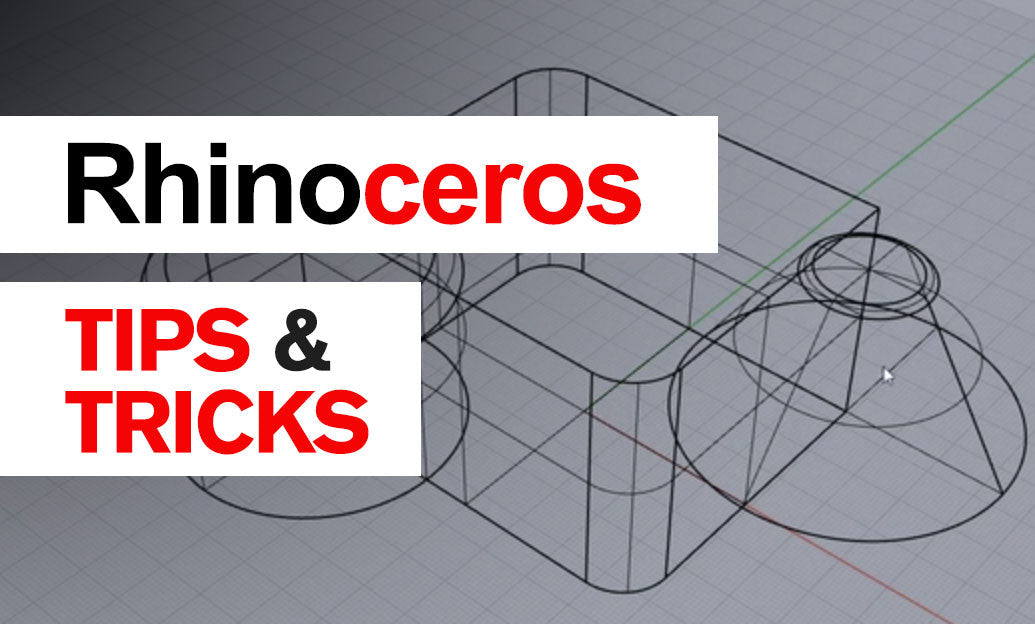Your Cart is Empty
Customer Testimonials
-
"Great customer service. The folks at Novedge were super helpful in navigating a somewhat complicated order including software upgrades and serial numbers in various stages of inactivity. They were friendly and helpful throughout the process.."
Ruben Ruckmark
"Quick & very helpful. We have been using Novedge for years and are very happy with their quick service when we need to make a purchase and excellent support resolving any issues."
Will Woodson
"Scott is the best. He reminds me about subscriptions dates, guides me in the correct direction for updates. He always responds promptly to me. He is literally the reason I continue to work with Novedge and will do so in the future."
Edward Mchugh
"Calvin Lok is “the man”. After my purchase of Sketchup 2021, he called me and provided step-by-step instructions to ease me through difficulties I was having with the setup of my new software."
Mike Borzage
ZBrush Tip: Optimizing Texture Projection in ZBrush Using Spotlight
October 26, 2024 2 min read

When it comes to texture projection in ZBrush, Spotlight is an indispensable tool that can significantly enhance your workflow. Whether you're working on a character model or a complex environment asset, understanding how to effectively use Spotlight can take your texturing skills to new heights. Here's a concise guide to getting the most out of Spotlight for texture projection:
-
Loading Textures: Import your texture images into ZBrush through the Lightbox or directly via the Texture palette. Once loaded, activate Spotlight by pressing
Shift + Z. - Organizing and Adjusting Textures: In Spotlight, you can easily scale, rotate, and move your textures. Use the dial and gizmo to adjust the size and position of the texture relative to your model. Make sure to organize your textures in a manner that complements your model's UV layout for seamless projection.
- Opacity and Blending: Use the opacity slider within the Spotlight widget to control the transparency of your textures. This helps in integrating the texture with underlying details seamlessly, ensuring a natural blend with your model's surface.
- Painting with Spotlight: Once your texture is positioned, you can paint directly onto your model. Spotlight allows you to use ZBrush brushes to apply textures with precision. Adjust the brush settings to fine-tune how textures are projected onto the mesh, maintaining detail integrity.
- Layering and Non-Destructive Workflow: Consider using layers in ZBrush to keep your texturing process non-destructive. This allows you to edit or remove texture applications without affecting the underlying model geometry.
- Combining with Polypaint: Spotlight works exceptionally well with Polypaint to add more detail and color variations. Use Polypaint to paint additional details over your Spotlight textures, creating a cohesive and detailed final output.
- Final Touches: Once satisfied with the texture application, refine the details using noise, alphas, or additional brushes to enhance the model's surface characteristics.
Spotlight is a powerful tool that, when mastered, can significantly improve your texturing workflow. By organically projecting textures and integrating them with Polypaint and other ZBrush features, you can create highly realistic and detailed models.
To explore more about how Spotlight and other ZBrush features can enhance your digital artistry, visit NOVEDGE for expert resources and tips.
You can find all the ZBrush products on the NOVEDGE web site at this page.
Also in Design News

Rhino 3D Tip: Understanding Surface and Solid Modeling in Rhino for Enhanced Workflow Efficiency
August 30, 2025 3 min read
Read More
Unlocking Advanced Animation Techniques: Five Studio-Proven Tricks to Elevate Your 3ds Max Workflow
August 30, 2025 6 min read
Read MoreSubscribe
Sign up to get the latest on sales, new releases and more …



